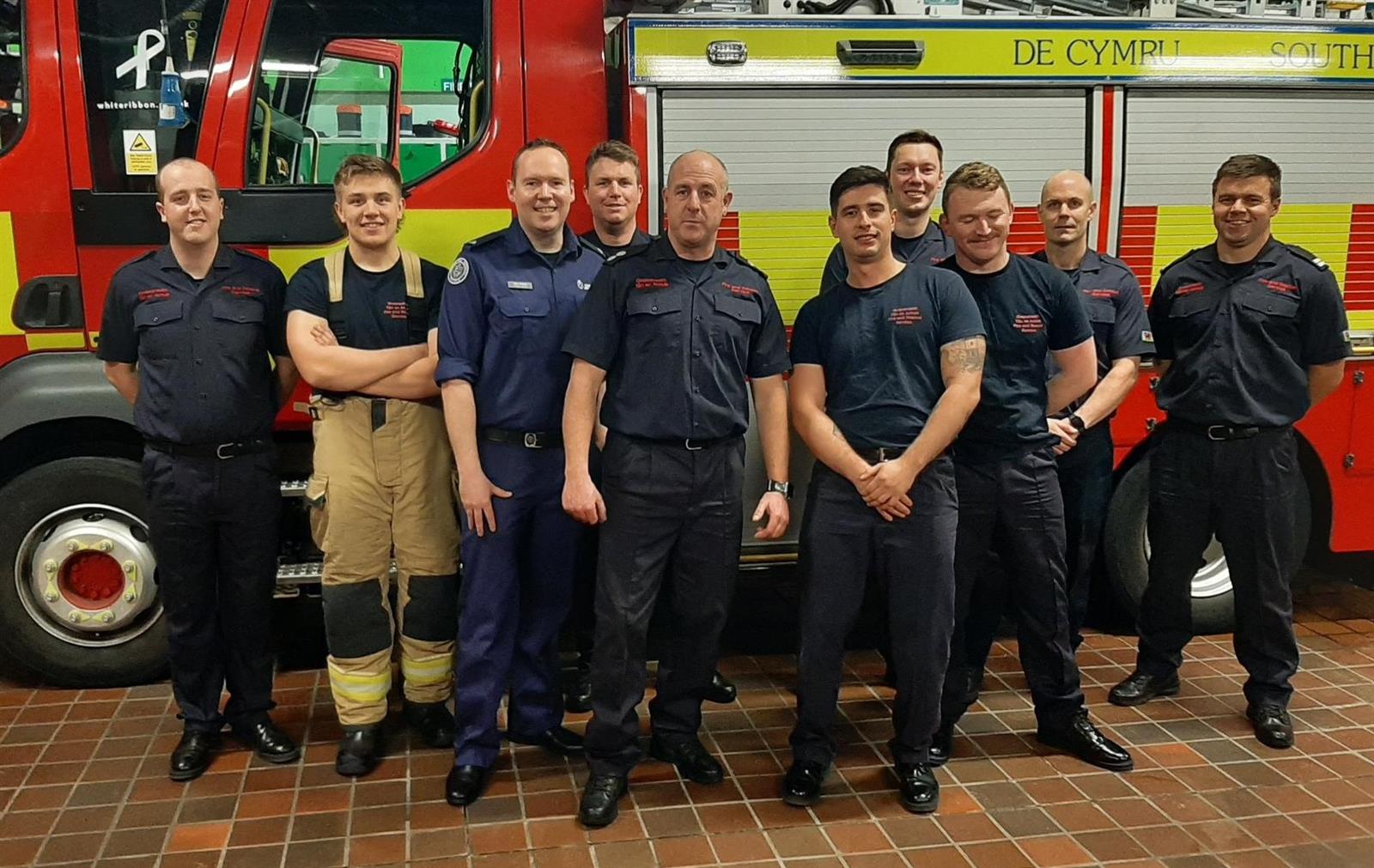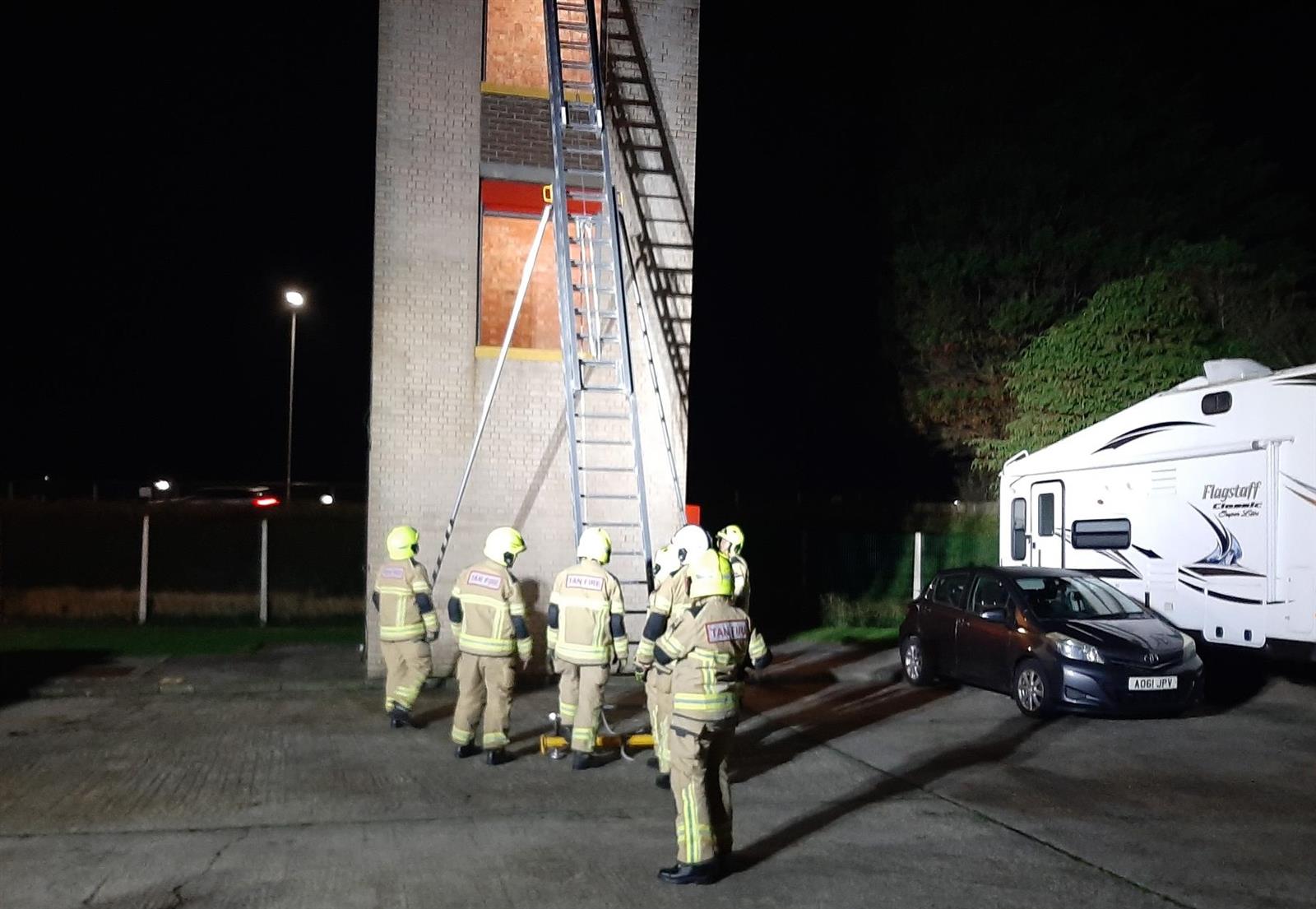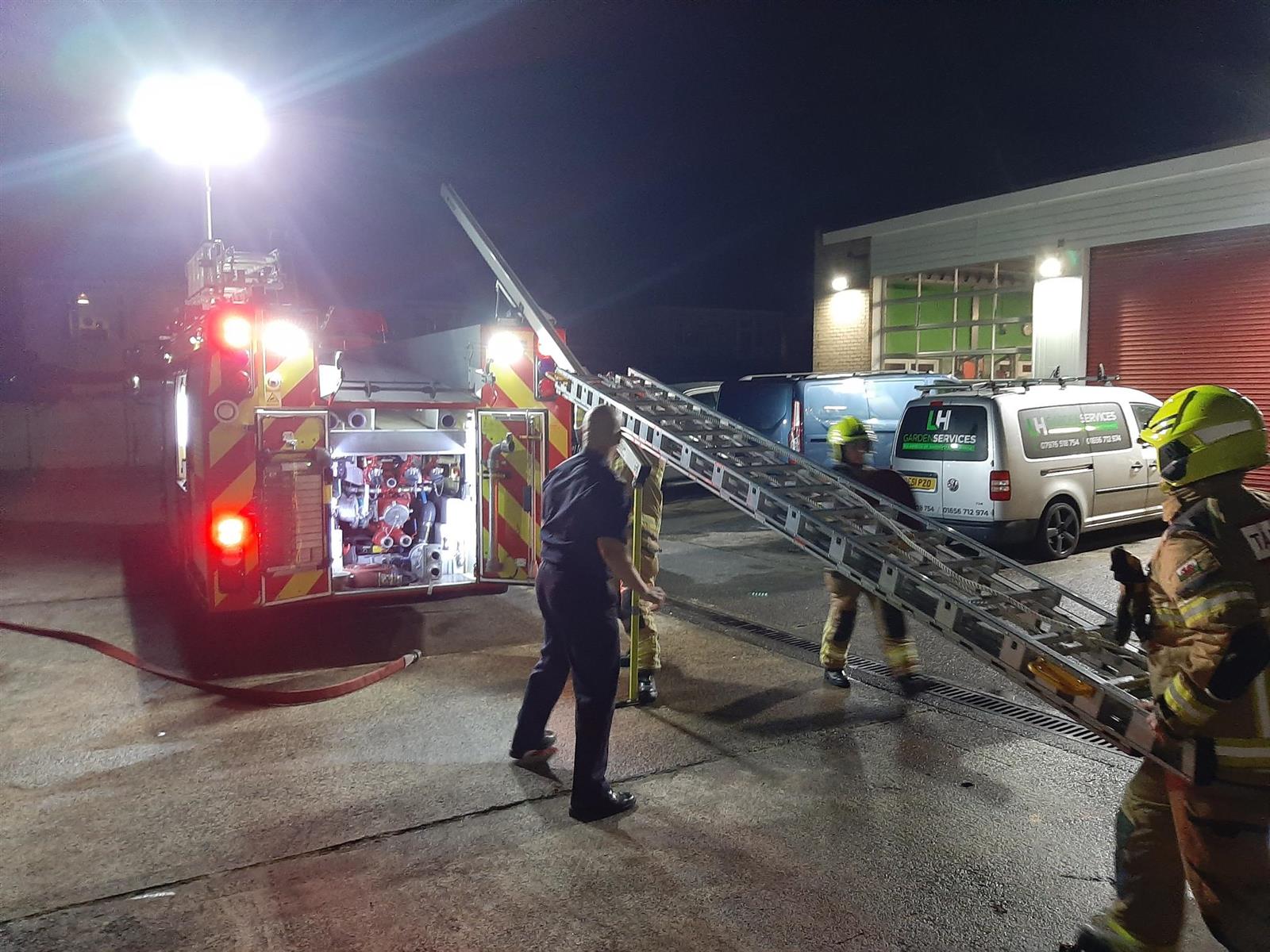
Welshman Alan Thomas is a dedicated Bacchus Marsh firefighter. So much so, that last November when he went back to Wales to get married, he made the time to keep up his firefighting skills by training with the local firefighters.
Alan moved to Australia in 2015. He first lived in Hamilton and was a brigade member for four years before he moved to Bacchus Marsh, where he joined the local brigade.
Alan went back to Wales in early November 2022 to get married and because he was taking a nine-week holiday, he thought it would be interesting to train with the local Welsh fire brigade. Before leaving Australia, he contacted his wife Sarah’s father who knew the local postman who worked for South Wales Fire and Rescue.
“I asked South Wales Fire and Rescue if they would accept me to do some drills with them,” Alan said, “and they welcomed me with open arms.”
South Wales Fire and Rescue employs career firefighters and also has ‘retained’ firefighters who, like CFA volunteers, have jobs outside the fire service. These retained firefighters are paid a small amount to be on standby and will turn out to incidents much the same way that CFA volunteers do.
“They were shocked and couldn’t believe that people in Australia volunteer to fight fires,” Alan said.
“In Wales I trained mostly with retained firefighters. Like Bacchus Marsh brigade, they had a drill night every Monday. Although there were many similarities between their training and CFA training, I had the opportunity to experience new things.
“For example, when they train for car accident rescues, they not only use dummies but also use a live casualty in the vehicle who tells the firefighters what injuries they have making the drill more realistic.
“Another difference was the number and size of ladders they use. The main ladder type that they use on their pumpers is 13.5 metres, which takes four crew members to assemble quickly. They also have a smaller 7.5-metre ladder. These ladders were often used and set up on drill nights.
Although the weather was bitterly cold, Alan was keen to take part in a simulated lake rescue.
“They learn how to rescue people who have fallen into a lake, using specialist equipment and clothing to keep warm. When we did this training parts of the lake were covered with ice.”
Alan was impressed by how the police, fire service and ambulance service can all talk to each other directly over the radio and liked how crews used a specially-designed fire app for South Wales on a tablet.
“They use an app on an iPad to communicate with the operation centre (Firecom) and all emergency services that are responding to the incident,” Alan said. “This app also shows them where the nearest hydrant to the fire, its water pressure and how many lengths of hose are needed.
“The breathing apparatus (BA) control board they have also makes use of technology. The board works out how much pressure is in a particular BA set and how much time the operator has left, and this updates as the operator’s work rate increases.”
Another resource provided by South Wales Fire and Rescue is a water truck. Known as a bowser, this vehicle is called up for refilling when there’s no water source available.
Alan enjoyed his time with South Wales Fire and Rescue. He felt like he was treated like one of their own and thought it was a very useful experience.
“The Welsh firefighters were interested to hear my stories about Victorias CFA and it was good to learn new skills and fly the flag for CFA.”
 with Station Officer Peter Gratton.jpg) Alan Thomas (left) with Station Officer Peter Gratton
Alan Thomas (left) with Station Officer Peter Gratton-

-

-
-
| Submitted by |
News and Media |